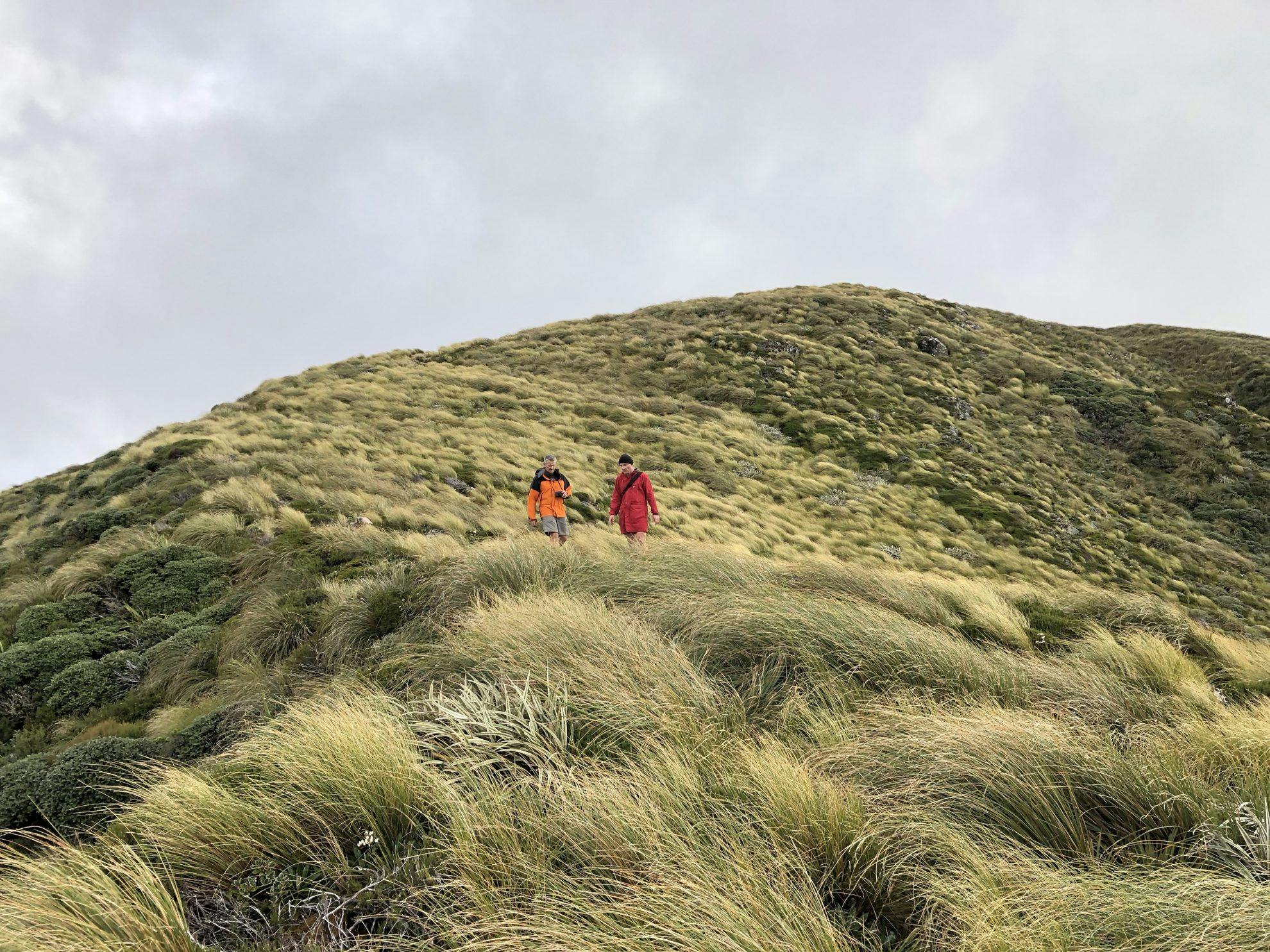Sort out which clothing works best for you – and when to wear it – to stay comfortable on any tramp.
The New Zealand outdoors is renowned for its changeable weather. It’s not unheard of to be sweltering in the sun on the walk into a hut, followed by a miserable walk out in the sleet and wind the following day.
Here are a few ideas for keeping comfortable the whole trip long.
Start out feeling cold
It’s amazing how often people stop to take a layer off within 10 minutes of leaving the hut. Exercise produces heat, so once you get moving you’ll warm up. By starting off feeling slightly cold, you should be registering a comfortable temperature by the time your muscles have fully warmed up.
Stock up on thinner layers
It’s easy to assume that thicker layers are warmer, but that’s not always the case. Many types of material work on the principle of your body heat warming up the air trapped between your clothing. Two long sleeved merino tops under a micro-fleece will likely be warmer than a short-sleeved base-layer with a bulky fleece over the top. Likewise, wearing two pairs of long-johns can be lighter and warmer than a pair of track pants.
Ventilation
Many waterproof shells are breathable, but can’t keep up with the amount of sweat produced while tramping, so you end up wet anyway. Ventilation features such as pitzips on jackets or overpants can increase the airflow while still keeping you relatively dry and protected from the wind. Some clothing also has mesh panels that allow for additional ventilation.
Keeping warm when wet
It’s almost guaranteed that you’ll get wet while tramping – either from rain, sweat or an impromptu swim. Woollen items will keep you warm when they’re wet, although can take hours (if not days) to dry out. Synthetic fibres such as polypropylene will wick moisture from your skin and dry quickly but aren’t as warm when they’re wet. Experiment over a couple of trips to see which combination works for you.
Always have a dry set
It’s a good idea to always keep a dry set of clothes for when you arrive at the hut or campsite, or for use if someone in the group develops hypothermia. On a multi-day trip, this can mean putting wet clothes back on each morning. Don’t worry about the odour emanating from your daytime clothes – everyone else smells the same.
Evening wear
Even in summer, it’ll be cool at the hut or campsite. An insulated jacket or a mid-weight fleece will help keep you warm when you’re not being active.








